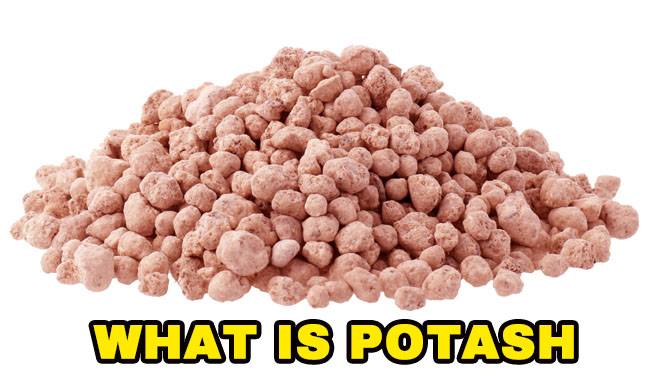
Potassium fertilizer is as important to plants as phosphorus and nitrogen because it is an essential element for plants and one of the three pillars on which the entire life potential of any organism depends. Therefore, potassium fertilizer should never be neglected, especially since there are many potassium-based fertilizers, which will be described in this ThumbGarden article and how to apply them, so you can choose the most potash fertilizer for your soil type and the plants growing on the soil.
What is Potash Fertilizer
Potash is a fertilizer made from potassium ore. Potash is made from potash ore, which is most often mined in the wild. Potash can be applied to all types of soils, including black soils, clays, sands, and sandstones. By enriching the soil with potassium, potash fertilizers help normalize the transport of sugars in plant tissues, thus ensuring adequate nutritional processes, which in turn allows fruits, berries, and vegetables to develop well, with typical, varietal-appropriate flavors.
Potassium is also the element that guides the growth of leaf masses and when the soil is well supplied with potassium, plants have a strong immune system that enables them to fight off pests as well as various diseases. Plants grown in potassium-rich soils bear fruit that is usually better preserved during the winter. Interestingly, the potassium contained in potash fertilizers is almost completely absorbed by the plant organism once it enters the soil. In addition, potash fertilizers in general and potash fertilizers, in particular, combine well with other minerals which are combined to form a compound fertilizer.
There are a considerable number of potash fertilizers available, so let’s take a closer look at the most popular ones commercially available.
Potassium Chloride
Let’s start with potassium chloride. The chemical formula for potassium chloride is KCl. The name alone scares a lot of people – what kind of fertilizer contains chlorine, which is toxic to all living things. However, it’s not all bad; in addition to chlorine, this fertilizer contains up to 62% potassium, which is a definite plus. To prevent damage to plants, potassium chloride must be applied in advance so that the chlorine is neutralized by the soil.
Potassium chloride is a potash fertilizer suitable for most berry crops but is best applied in the fall if you plan to plant a spring berry or fruit crop in the area. Potassium chloride should not be added to planting holes or pits prior to planting, as it is extremely detrimental to the plants.
Potassium Sulfate
This fertilizer has a second name – potassium sulfate. The chemical formula for potassium sulfate is K2SO4. The vast majority of gardeners, vegetable growers, and even floriculturists agree that potassium sulfate is the best potash fertilizer, usually containing up to 50% potassium. Among the large number of fertilizers containing this element, only potassium sulfate does not contain any toxic substances, no chlorine, no sodium, and no magnesium. This fertilizer can be safely applied in the fall when planting holes or cavities or in the spring.
Potassium sulfate can also be mixed with other fertilizers without causing any harm to the plant organism. Of course, the dosage should not be overestimated and is best determined by the needs of the plant organism, the soil composition, and the time of year.
Typically, about 30 grams of potassium sulfate per 11 square feet (1 square meter) of soil is applied in the fall when the soil is dug out and then reduced to about 5 grams per 11 square feet (1 square meter) in the spring before planting.
Potassium sulfate can be used not only in the open air but also as a fertilizer in greenhouses and conservatories. By using potassium sulfate, a slight increase in the sugar content of fruits and berries can be achieved, improving their taste and juiciness and even increasing their vitamin content.
Potassium sulfate improves the immunity of plants and their resistance to various stresses. It has been observed that fruits harvested from plants grown on fertile soils after the application of potassium sulfate are rarely affected by gray rot.
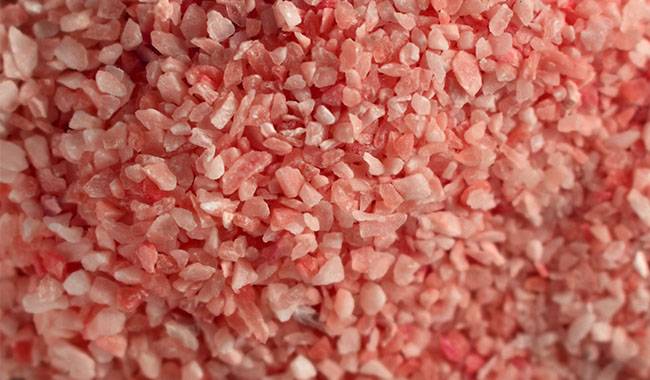
Potassium Salts
There are two substances in this fertilizer – potassium chloride and paraffin. By the way, potash is made by mixing these two components together. The potassium content of this fertilizer is about 42%. There is also another type of potassium salt, potassium chloride mixed with crinite, which has a lower potassium content (10%).
Potash is even more negative than potassium chloride when it comes to fertilization and is not recommended for plants, especially those sensitive to chlorine. Potash is best suited for fertilization of sandy soils, loamy sands, and peaty soils, which are most often deficient in potassium.
It is recommended that potash be applied to the soil in the fall and used as a primary fertilizer, but not as a seasonal fertilizer. In general, 35-45 grams of potash should be used per 11 square feet (1 square meter), depending on the potassium content of the soil. Potash applications are not recommended in the spring, and even less so in the summer.
Potassium Carbonate
This fertilizer is more commonly known as potassium carbonate, or more simply, potash. The chemical formula for potassium carbonate is K2CO3. Like potassium sulfate, potash does not contain harmful components such as chlorine. Potash is considered to be one of the newest potash fertilizers. Potash contains about 56% potassium, as well as small amounts of magnesium and sulfur. Potassium carbonate is the most commonly used fertilizer for potatoes.
The amount of this potash fertilizer varies depending on the season and the purpose of application. For example, as a top dressing, you can apply about 15-20 g per 11 sq ft (1 m2), for fall enrichment you can apply 40-60 g per 11 sq ft (1 m2), and if you apply in the spring you can increase the rate considerably to 80-95 g per 11 sq ft (1 m2). For late fall applications, add about 20 grams of potash to the soil.
Potassium carbonate is obtained by treating the potassium salts in the rock. This fertilizer is actually a byproduct left over from the treatment of chamotte and alumina. Few people know this, but you can also obtain potassium carbonate yourself, for example from ashes or plants.
Wood Ash
When it comes to grass ash, it is by far the most natural and cheapest mineral fertilizer available. It doesn’t contain much potassium, no more than 11%, but it contains calcium, boron, iron, copper, and even magnesium & phosphorus. You can use wood ash throughout the growing season, in the spring, summer, or fall, for cultivation. However, wood ash is most effective when applied to the holes at planting time in the spring, as a mulch after irrigation in the summer, and as a soil cover in the fall.
In summer, in addition to the dry application of wood ash, it can also be applied in dissolved form, including spraying plants with this composition and making foliar sprays. In the winter, wood ash can also be used as a greenhouse fertilizer. It has been observed that wood ash, as a true mineral fertilizer, protects plants from various pests and diseases, in addition to nourishing the soil.
Cement Dust
It seems to be a simple substance, but it is also a true mineral fertilizer, which also has potassium in it. Cement dust, as you can easily guess, is a waste product from cement production. It is an excellent fertilizer, completely free of chlorine and containing slightly more than 8% potassium.
Cement dust is an excellent fertilizer for soils with a high degree of acidity, and also for plants that are completely intolerant to chlorine in fertilizers. To improve the physical properties of cement powder, this fertilizer is usually mixed with knife-cut peat in equal proportions, i.e. 2.2 lbs (1 kg) of cement powder requires 2.2 lbs (1 kg) of knife-cut peat.
Crops Requiring Potassium
Having addressed the most common potash issues, let’s now look at which crops need potash more than others.
Starting with tomatoes, you typically need about half a ton of potassium in the soil to produce about 2,200 lbs (1 ton) of tomatoes. These may seem like big numbers, but they’re actually not much. Given that tomatoes respond extremely negatively to fresh organic fertilizer, increasing their vegetative quality to the detriment of their yield, using potash is the smartest way to address this situation.
When the soil is rich in potassium, the quality of the tomato fruit improves dramatically, but potassium has little effect on yields, although a good crop is still not obtained if potassium is deficient.
When transplanting tomatoes, about 85-95 grams of potassium per hectare should be applied, one week after transplanting, 120-130 grams of potassium per hectare of soil should be applied, and after another 15-20 days, 250-300 grams of potassium per hectare should be applied.
In addition, cucumbers are a demanding crop and in order for them to grow, develop and produce yields, the soil in which they grow must be fertile and, ideally, balanced. In order to produce one ton of cucumber fruit, about 99 lbs (45 kg) of potassium must be applied. Potassium fertilizer is applied to cucumbers in several stages: first before planting in the open field, then two weeks after seedling germination, and during flowering.
Before sowing, about 90-95 grams of potash per hectare should be applied; the first application is about 150-200 grams per hectare, and the second about 300-350 grams.
The next most important crop that needs potassium fertilizer is grapes. This crop should be fertilized annually because it takes up a large amount of potassium from the soil in one season. However, although grapes have a high potassium requirement, they can be met by simple wood ash. It is permissible to apply it in dry form, about 3.3-4.4 lbs (1.5-2 kg) per bush. Ashes can also be applied to grapes dissolved in water, but at this point, the above amount should be dissolved in water and left for 2 to 3 days.
Flowering crops follow closely behind: In the presence of potassium deficiency, these plants will show stunting, partial or complete loss of leaves, reduced bud size, and a shorter flowering period itself. Only when the soil is well fertilized with potassium can the plants grow fully developed shoots and form typical varieties and buds of the plant as a whole.
It is usually recommended to fertilize flowering plants with potassium both at planting and during the flowering period. Fertilization of perennial flowering plants is usually done in the fall and spring. Only potassium sulfate and fertilizers containing potassium but not chlorine should be used.
The Best Time to Apply Potassium Fertilizer
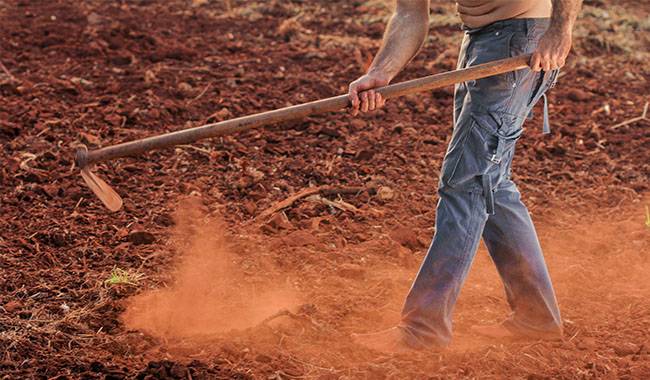
Gardeners, horticulturists, or flower enthusiasts usually use potassium fertilizer only when they notice signs of potassium deficiency in their plants. Potassium deficiency manifests itself in plants by a sudden loss of growth and development, a darkening of the leaves, and a sudden change to a gray color that is not typical for that variety or species. In such cases, it is best to use potassium sulfate dissolved in water, which can also be applied as a foliar spray, i.e. sprinkled directly on the leaves.
If you don’t want your plants to starve, you should apply potassium fertilizer at the best time before any symptoms of potassium deficiency appear. For example, as basic fertilizer, you can apply potassium fertilizer in the fall and spring. In addition, potash can be applied by adding potassium sulfate directly to the planting hole at planting time or to the nursery well, which is called a starter fertilizer. By applying potassium at the beginning, the root system can be stimulated and the seedlings can root faster and start growing more vigorously.
Next, fertilize with potash in the summer, for example at the beginning of maturity or after harvest, to ensure that the plants are rich in the substances needed to form fruit.
Potash fertilizers containing chlorine, such as potash or potassium chloride, should only be applied in the fall and in soils planned for spring planting; this way, the chlorine can be neutralized in the soil during the winter and cause no harm to the plants in the spring. Chlorine fertilizer is good because it contains a lot of potassium, which saves fertilizer and enriches the soil with more potassium.
Of course, the amount of any fertilizer must be strictly controlled, taking into account the availability of each element in the soil. For example, if the soil is deficient in potassium, do not apply large amounts of potassium several times the recommended amount, but spread it throughout the season in small amounts, preferably in water-dissolved form.
It is possible, and even desirable, to alternate the application of dry and water-soluble potassium fertilizers. For example, at the beginning of the season, when the soil is rich in moisture, you can apply 10-15 grams of potassium sulfate per 11 square feet (1 square meter), followed a month later by the same amount of potassium sulfate dissolved in water; this will be much more effective than a single application of 20-30 grams of potassium sulfate.
When using water-soluble fertilizers, do not exceed the dosage; for example, adding potassium sulfate to a bucket of water will dissolve 35-45 g of fertilizer, using 500 g of liquid per bush for vegetable crops, 0.26 gals (1 liter) per bush for shrubs, and 0.4 gals (1.5 liters) per bush for tree species.
Summary
Potassium is an important element, so it is also very important to apply potassium fertilizer. If there is not enough potassium in the soil, it is impossible to obtain high yields and tasty fruits and berries. Try to use potassium fertilizers correctly: apply potassium fertilizers containing chlorine only in autumn, and use potassium sulfate, cement powder, and wood ash in spring and summer.




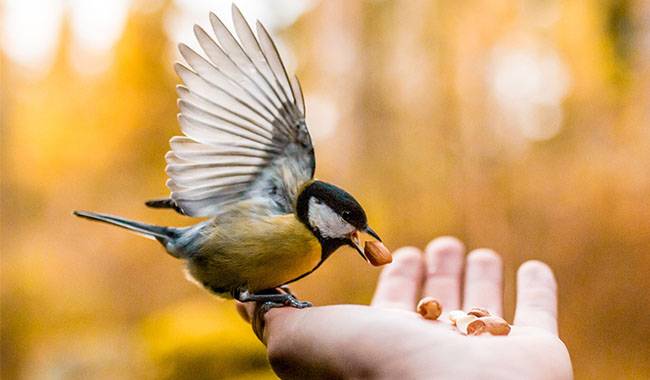
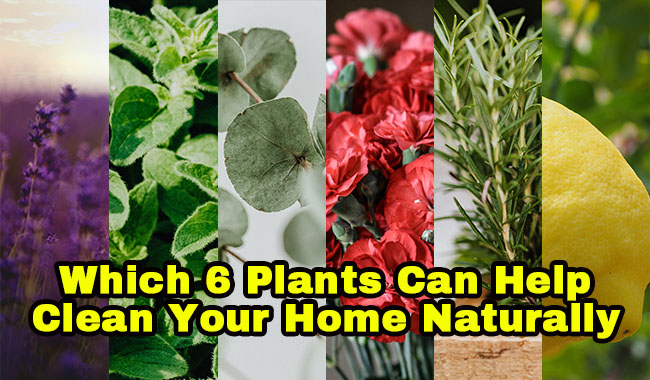
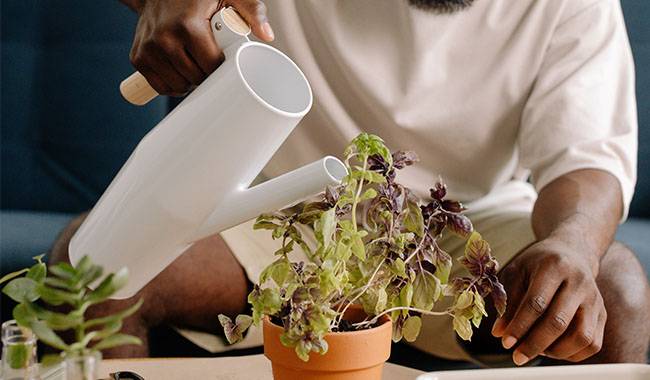
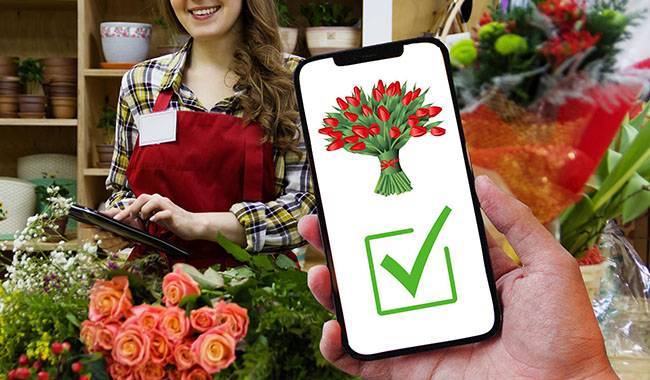
What’s up, just wanted to say, I liked this article. It was practical.
Keep on posting!